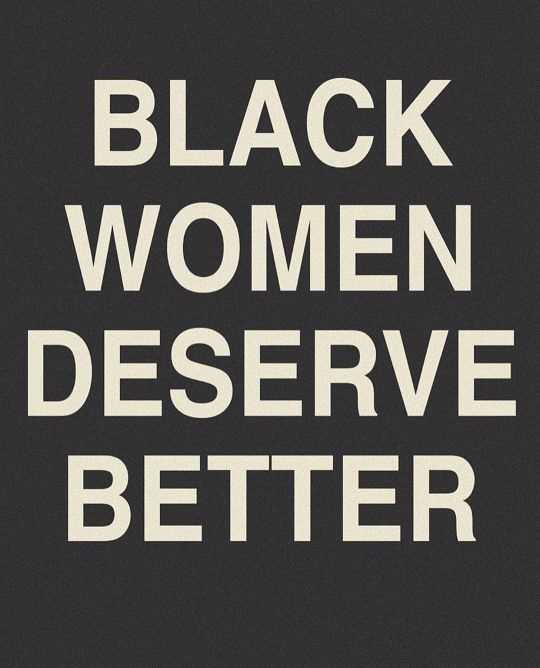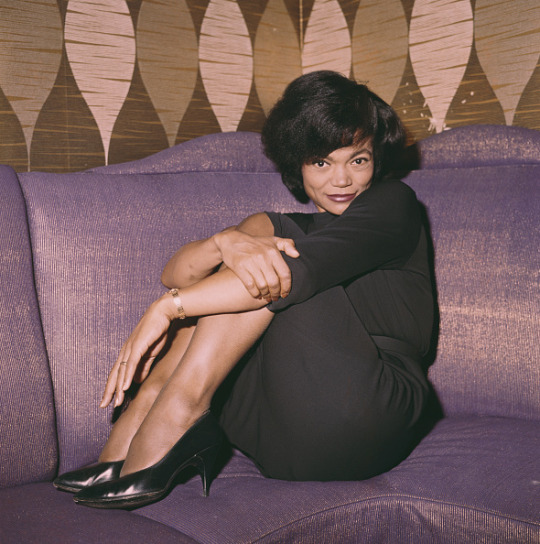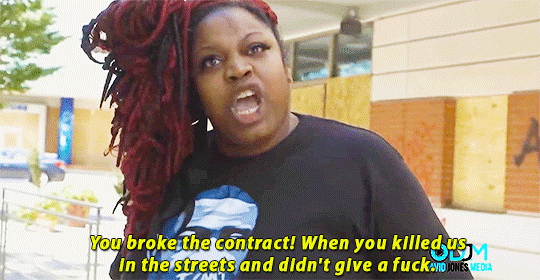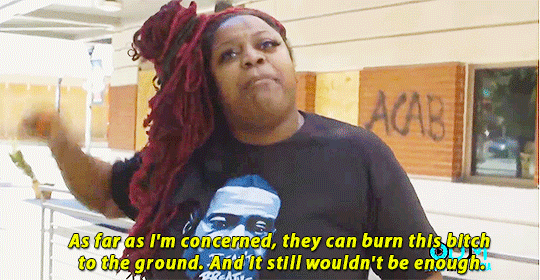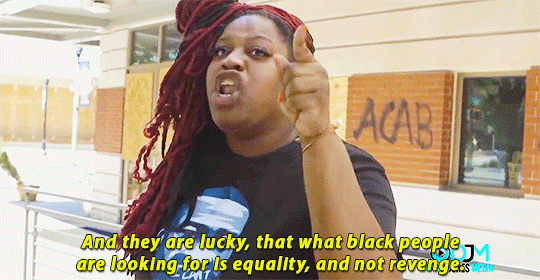Don't wanna be here? Send us removal request.
Video
youtube
Megan Thee Stallion x Nobby x Trina Type Beat, Broadway meets Bounce!
our latest post is live! LIKE SHARE AND SUBSCRIBE!
#bounce type beats#twerk type beats#music production collab#music production#collaboration#booty shaking music#LGBT singer#LGBT songwriters#lgbt representation#hip hop type beat
10 notes
·
View notes
Text
Writing with Intention
In screenwriting we learn a lot about creating meaning in everything we write. If a producer is going to put several thousand dollars into every scene—you better bet they need to know that every scene is absolutely necessary. I find the same process we go through for writing with intention, or meaning, is useful in novel writing too because endless chapters that make me question their purpose is going to lose me as a reader. So today I’m going to go over the anatomy of a scene so that we can make sure that every one you write is written with intention, and adds to the work as a whole.
Firstly, scenes all fall under one of these main functions:
- To move the plot forward
- To develop characters (backstory, objective, desires, characteristics, relationships)
- To reveal something unknown about the world or past
In screenwriting this is all done through dialogue because film is a visual/audio medium, but in novel writing we have a lot more freedom. There are a number of ways you can convey these functions in a scene, whether through conflict, inner dialogue, action, etc. However, you still have to fulfill at least one (but better if more) of these functions in every scene.
Now that you know why the scene is there, we need to be able to actually write it.
The first thing you need to know is that every character wants something. They want something overall throughout the story—they also want something smaller within scenes that may aid them in getting to that ‘overall’.
As an example, Jenny wants to win the science fair contest, this is her goal throughout the story. In a scene where she runs into one of the judges, she might want to make a good impression, or even make another contestant look bad. This is what she wants/her goal in that specific scene, and so that ‘want’ drives that scene. This scene would probably function as characterization, and maybe—depending on if she succeeds in her goal or not—would move the plot forward.
In this specific example, Jenny is interacting with someone else, so likely you’ll be using dialogue and conflict to structure this scene. That’s where subtext comes in, dramatic writing’s best friend. We will talk in greater lengths about subtext in the future, but for now what you need to know is that characters never say what they mean.
So, Jenny would never go up to the judge and say, “I really want to win the contest so I’m going to make a good impression on you, oh and also that other person entering really sucks.” Yeah, it sounds clunky and ingenuine. However, if you know that’s what she wants out of the conversation, it’s going to make writing the scene a lot easier.
So with that in mind, maybe Jenny goes up to the judge and says something around the lines of, “I really respect your dedication to science.”
Here’s the last point I’ll make about dialogue and character intention, it’s something we do in directing. To make sure you keep on point with your subtext, it might be useful to write what the character is doing to get what they want.
In this case, Jenny is trying ‘to flatter’ in order to make the judge like her, and hopefully win her some points in the contest at the end. Characters say things to get something from the other character. For example: To convince, To praise, To reprimand, To prove wrong, To impress, To comfort, etc.
Every line of dialogue has an intention behind it. In real life, people say things all the time without really meaning anything of it, (or most the time: to make conversation), but in writing, especially screenwriting, characters never just say things. They always have intention, they’re always trying to get something. That’s what drives your scenes.
So to recap. Scenes have functions within the whole that contribute to the outline, (characterization, plot, worldbuilding), characters go into every scene with something they want (goal), and we know what they want through the subtext of what they’re saying (to: blank etc.)
With all these things working together we can create a very intentional scene—then another, then another, until you reach the end.
This is a pretty large topic and there’s still so much more about dialogue and subtext to get into, but for now that’s the very basics of writing with intention you’d need to know to get started. Good luck!
157 notes
·
View notes
Text
Better day$ are coming Better day$ are coming Better day$ are coming Better day$ are coming Better day$ are coming Better day$ are coming Better day$ are coming Better day$ are coming Better day$ are coming Better day$ are coming Better day$ are coming Better day$ are coming
37K notes
·
View notes
Photo
we exist in everything, everywhere.










Here’s the full context of his statement:
“Steven Caple Jr., the director of Jordan’s next film, Creed II, calls this moment of black solidarity in Hollywood a ‘movement.’ During the filming last March, Jordan and Caple often talked about black historical figures whose stories might make a great movie or TV series, like Fred Hampton, the Black Panther who was murdered in his apartment in 1969, or Mansa Musa, a Malian historical figure of the 14th century known to many African-Americans but virtually unknown to white people. Musa was reputedly one of the richest men in the world. ‘When people look at black people it’s hard for them to think beyond slavery,’ says Caple.
“’We don’t have any mythology, black mythology, or folklore,’ Jordan explains to me as we cruise past billboards for Atlanta and HBO’s Ballers in West Hollywood. DJ Khaled’s ‘I’m the One’ is on the car stereo, and I notice Jordan’s iPhone alias is ‘Bruce Leroy,’ the black martial-arts hero of the 1985 film The Last Dragon. ‘Creating our own mythology is very important because it helps dream,” says Jordan. “You help people dream.’”
Source
Context. I’m assuming he meant we don’t have any Black mythology/folklore in TV and films. It’s half true. There have been movies made, but it’s only a very small handful. Films like Eve’s Bayou, Daughters of the Dust, and Beloved (an adaptation of Toni Morrison’s book of the same name) quickly come to mind that contain folkloric/mythological elements.
The way the writer for Vanity Fair left his statement lingering and didn’t ask further questions so he could fully flesh out his thoughts without leaving one to guess what he was referring to since the mention of popular tv show billboards followed his statement is failed journalism. White journalism. TF we need to know about what was on the radio and his phone in that moment?!…
Here’s some further readings about Black folklore / mythology:
The tweet that mentions the film, To Sleep With Anger, here’s the full thread. Insightful and very detailed.
If you have access to the J-Stor —> A 22-page article called “New York Afro-Puerto Rican and Afro-Dominican Roots Music: Liberation Mythologies and Overlapping Diasporas”
10 African and African American Folktales for Children
List of books on Myths, Legends, and Folklore of African-Americans (Goodreads)
Voodou Mythology: The Voodoo Spirits of Haiti & the Caribbean
The Origin of Zombies and More: “Zombie folklore has been around for centuries in Haiti, possibly originating in the 17th century when West African slaves were brought in to work on Haiti’s sugar cane plantations. Brutal conditions left the slaves longing for freedom. According to some reports, the life—or rather afterlife—of a zombie represented the horrific plight of slavery.” (Source: www.history.com)
“The Tragic, Forgotten History of Zombies”: The horror-movie trope owes its heritage to Haitian slaves, who imagined being imprisoned in their bodies forever. (Source: The Atlantic)
List of African Mythological Figures (wikipedia)
Caribbean Mythology (wikipedia)
From My People: 400 Years of African American Folklore: An Anthology (Book)
Collection of books on Mythology and Folklore of the African Diaspora (Barnes & Nobles)
“An Exploration of African Folktales Among the Gullah Community of the South Carolina Sea Islands: History, Culture, and Identity” (a 198 page pdf)
Journey into the Spiritual World of Voodoo in New Orleans
African American Folklore
“River Mumma and the Golden Table” (A Jamaican Folktale)
Anansi is an Akan folktale character. He often takes the shape of a spider and is considered to be the spirit of all knowledge of stories. He is also one of the most important characters of West African and Caribbean folklore. (wikipedia)
A Boo Hag is a mythical creature in the folklore of Gullah culture. It is a regionalized version of the Hag myth. According to the legend, Boo Hags are similar to vampires. (wikipedia)
“Santería in a Globalized World: A Study in AfroCuban Folkloric Music” (a 38 page pdf)
4K notes
·
View notes
Text
Start reblogging the money blessings post…
If you haven’t already done it…. Go hit that reblog button. Do what you have to, just do that too.

Like seriously. Just find one and reblog it real quick. I post a couple yesterday and put into the universe that I actually wanted it
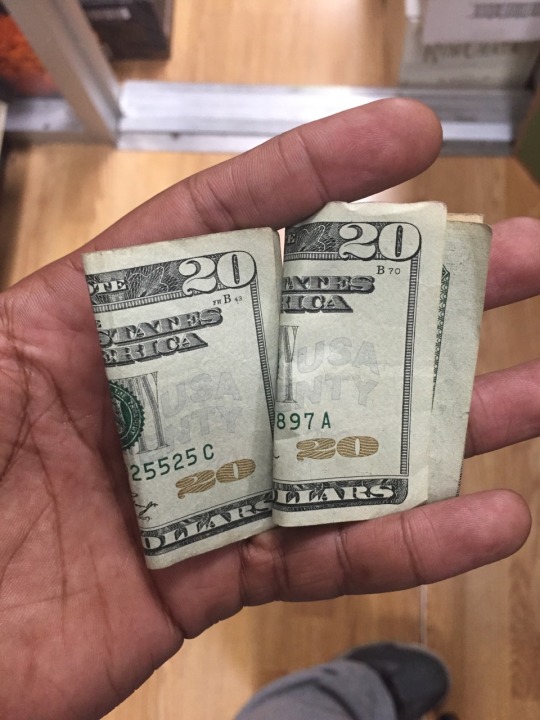
Only been at work for a couple and I get this at as a tip! (tips ain’t normal at ALL in here)

Come on now!!
Let it work for y’all too
372K notes
·
View notes
Text
i WANT you to set me free.
i want YOU to bring out that side of me.
#kpop icons#musicproducer#musicproduction#singersongwriter#audioengineer#blackkpop#kpopsongwriter#newmusic#bodygoals#anime#anime music#rnbartist#pop music#indie pop#r&b#r&b beats#pop beats#instrumentals#creative
7 notes
·
View notes
Text
this might be revised a slight bit now that we’ve joined the coven.
#FLESH tracklisting
1. fuckboy.
2. airbrush me!
3. inside you
4. don’t remember.
5. body language.
6. only fan.
7. seven minutes.
8. lowkey.
4 notes
·
View notes
Photo




The Wades are doing what all parents should - accept their kids so they never have to hide their identity and sexuality and have to come out
6K notes
·
View notes
Text
Pride Month 2019
Honoring Black LGBT Men & Women

Marsha P. Johnson: Founder of the Gay Rights Movement

Bayard Ruston: Organizers of the March on Washington

Bessie Smith: Unapologetic Femail Queer Singer

James Baldwin: The Author






Black people have been apart of LGBT history and have contributed greatly to the culture. From the Drag Queen Shows to voguing the Black LGBT community has done it all.
730 notes
·
View notes
Text
Work out tips for begginers
…written by a beginner
I have been struggling with working out my entire life. Why? Because I hate it and I’m just really bad at it. Recently however, my mental health has gotten so bad I was willing to put anything into getting better. One of the things I had to start doing was regular working out. So today, after months of working out regularly, I bring you my mini fitness guide for beginners:
Have a legit reason why -People hardly ever do things just because they should. You might be able to start off with that reason but you won’t last. I work out to better my mental health. What about you?
Put away embarassment, focus on your body -Working out is intimidating as hell, especially if you’re not very good at it. Try not to worry about what others think about you, just focus on doing it correctly. Doesn’t matter whether you’re jogging or doing yoga, just focus on you and your body.
Try as many things as you can -Deciding you’ll do a specific work out routine every week or this one yoga flow every day is great, but at the beginning it is important to try out what you like and what you’re good at. Try looking up a workout on youtube one week, then go jogging the next. Then you can go and play tennis with friends or visit the gym.
Be consistent -You might not even have a schedule. You don’t even need strict rules. Just make sure you keep going.
Even the smallest things count -There will be days when you just can’t do it. Especially if you struggle with mental health issues, things might seem extremely overwhelming. Just remember that something is better than nothing. You might not work out for hal an hour, but you might choose to walk home instead of going by car. You might not go jogging but you might go for a walk.
Do not make working out a punishment -Don’t go and exhaust yourself because you overate. Never take working out as a punishment.
Eat enough and eat healthy -Do not starve yourself. When you force your body to give away more energy than it usually does, you better feed it well.
Listen to your body -There’s a big difference between being lazy and actually being exhausted. Many motivational posts and quotes might call you out on excuses but when your body tells you you can’t do it, then don’t force it. You might make things worse.
Keep going -Just don’t quit it. You might have a pause for a week or even more but the second you realise it, get back. Get up and get back on it.
3K notes
·
View notes











